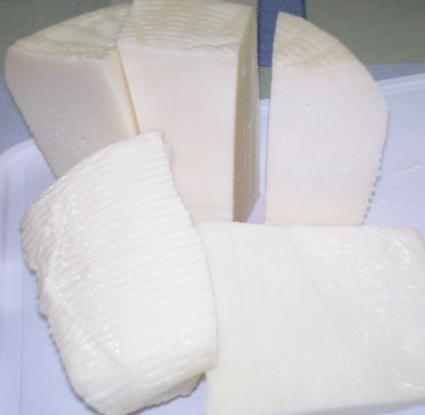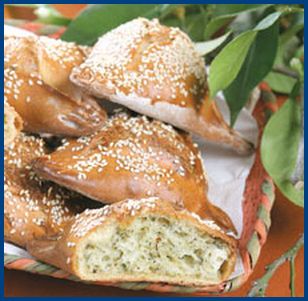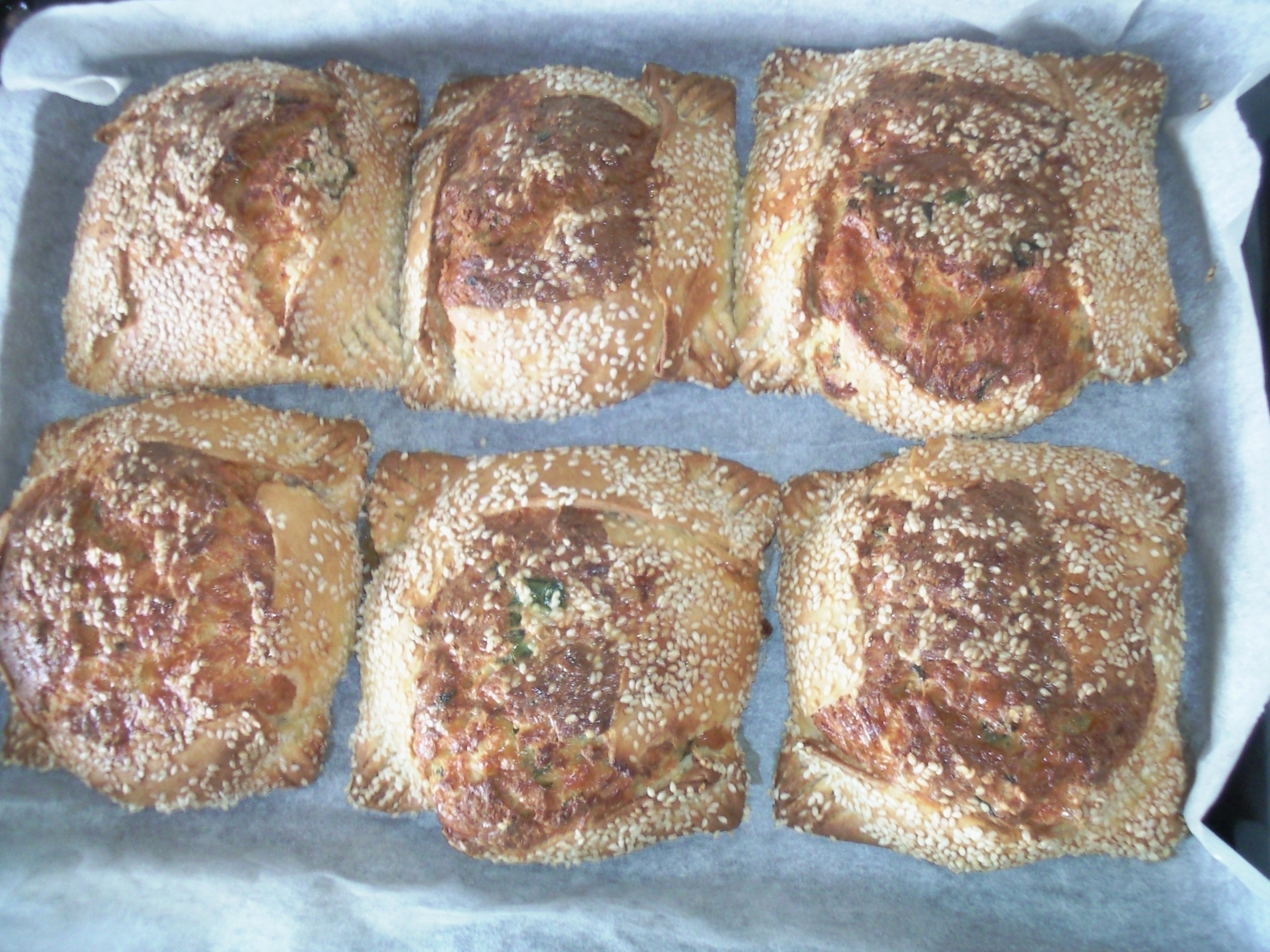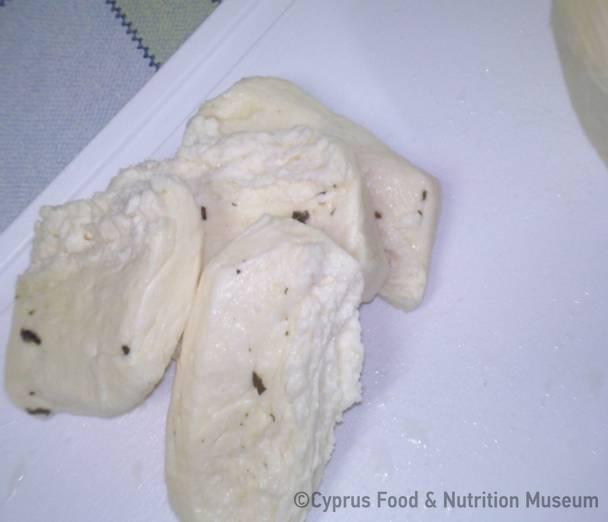Name - Origin
When the milk is curdled to produce cheese, it is the fresh unsalted cheese (Yangoullis 2009, entry δροσινόν - γροσινόν,το, 141). It was the cheese produced by boiling milk, which would then be made into halloumi. It was the first cheese curd (Ionas 2001,141-142; Petrou-Poeitou 2013, entry Γροσινό, 39).
This is the name given to halloumi before boiling it in orros. Once it has been boiled, it is called 'halloumi' (Kypri 1983 [2003²], entry δροσινόν,το,, 62).
It was also known as grosinon, flaouna cheese and paphitiko cheese (Ionas 2001, 141-142).
Xenophon P. Farmakidis notes that the villagers were euphemistically referring to cucumber as drosinon (Kypri 1983 [2003²], entry δροσινόν, 62).
Women would boil milk, which in a short time would curdle and the drosino would rise to the surface. They would then put it in talaria, and they would press it to drain and leave it in the sun to dry and harden in the next few days (Ionas 2001, 141-142).
“We drain the milk with a strainer to remove impurities, and then we put it in the hartžin over fire to warm the milk and then we add rennet to curdle. We press the bag containing rennet in the hartžin so that rennet is released. Then we cover it so that the milk curdles and then we are able to cut the drosinon” (Mavrokordatos 2003, 314).
Functional and symbolic role
This cheese was used by women to make flaounes (Ionas 2001, 141-142). The flaounes cheese was made during the 50-day fasting period, so that at Easter it would be ready to be used for flaounes. At this time, the animals would have just given birth and the milk was rich in fat and was called agnia. That is why the cheese was thick, hard and extremely tasty. After making flounes, any leftover cheese would be consumed as a meze (Rizopoulou-Igoumenidou 2008, «Τα γαλακτοκομικά προϊόντα», 401-423). Paphos and Akanthou cheese was famous, Archimandrite Cyprian praises it, and probably the name paphitiko cheese derived from it (Archim. Kyprianos 1788, 541).
Additional information and bibliography
Yangoullis K. G. (2009), Thesaurus of the Cypriot dialect. Interpretative, Etymological, Phraseological and Nomenclatural Dictionary of the Medieval and Modern Cypriot Dialect, Theopress Publications, Nicosia.
Ionas I. (2001), Τα παραδοσιακά επαγγέλματα της Κύπρου, Publications of the Centre for Scientific Research, XXVII, Nicosia.
Kypri Th. D. (ed.) (1983 [2003²]), Materials for the compilation of a historical dictionary of the Cypriot dialect, Part B, Glossary of Xenophon P. Pharmakides, Publications of the Centre for Scientific Research, IX, Nicosia.
Archim. Kyprianos (1788) Ιστορία Χρονολογική της Νήσου Κύπρου (Chronological History of the Island of Cyprus), Evagora press, Nicosia.
Mavrokordatos G. I. (2003), Δίκωμο: Το χθες και το σήμερα, Nicosia.
Petrou-Poeitou E. (2013), Where do they come from. Words and stories from the world of taste, Epiphaniou Publications, Nicosia.
Rizopoulou-Igoumenidou E. (2008), «Τα γαλακτοκομικά προϊόντα στον ετήσιο κύκλο της παραδοσιακής ζωής στην Κύπρο», Η ιστορία του ελληνικού γάλακτος και των προϊόντων του (1ο Τριήμερο Εργασίας, Ξάνθη, 7-9 Οκτωβρίου 2005), Kalantzopoulos G. (ed.), Cultural Foundation of Piraeus Bank Group, Athens, 401-423.
Stalo Lazarou, Demetra Dimitriou, Savvas Polyviou, Argyro Xenophontos, Tonia Ioakim




